CORNVILLE — Most days start around 4:20 a.m. for Bill Crumley, principal of Cornville Regional Charter School.
That’s what time Crumley, who lives almost 70 miles away in Jackman, wakes up at to arrive at school just after 7 a.m. each morning.
The school, Maine’s first charter elementary school, opened in October and is well into the year’s routine.
“The newness has worn off and we’ve been at it for six weeks. We spent the whole first month really trying to familiarize ourselves with the students and assess where they were at so now we’re into our real education program,” Crumley said.
“It’s exciting to be part of something so new and to have so many people excited about the school,” said Jodie Mosher-Towle, 48, of Smithfield. Her twin sons, Hansen and Chance Towle, are in the fifth grade.
Many students arrive at school on a bus that the school, which is its own district, has hired. Because some students live far away, the bus has a set route with pickup locations that students have to get to if they don’t live on the direct route.
“We live 30 minutes away and I have to drive them every day to the Skowhegan rest center to get the bus, but I don’t mind. To me it’s worth it,” said Mosher-Towle, a stay-at-home mom originally from Skowhegan.
She was a math and science middle school teacher in Colorado and Connecticut before the family moved to Smithfield this year. She said that when her sons were in public school in Connecticut she had to supplement their education with worksheets she made herself, but now she feels they are getting everything they need.
At school in the morning, students have homeroom time and a morning meeting to discuss what will happen that day at school and any issues in the school — something that happened at recess or lunch or student feedback from a workshop the day before.
“I’ve been learning way more here,” said third-grader Wyntyr Herrera, 8. “The first couple weeks were rough for me but now I’m used to it.”
Herrera said that at her old school, Madison Elementary School, she was really shy. Now her classmates are begging her to let them have a chance to speak.
“It’s smaller and I’ve gotten to know people more,” she said, sitting on a carpet hugging two of her friends on a recent afternoon.
The students come from five school districts in the state, although 42 of the 60 live in Skowhegan-based School Administrative District 54, according to the superintendent’s office there.
Ungraded classrooms
Students at Cornville are not separated by age. There is a combined kindergarten to second-grade classroom, a third- and fourth-grade classroom and a fifth- and sixth-grade classroom.
They are taught based on a model called proficiency learning, also known as standards-based education. Each student has a personalized learning plan and they are evaluated based on a four-level scale of how well they’ve learned a given skill. There are no grades.
Mosher-Towle said she really likes the way the school structures curriculum, which includes field trips and lots of student projects.
“At their old school they brought home the project from the first week of school on the last day of school because it was on the wall all year. Here, every time I go into the classroom the stuff on the walls is different,” she said.
A recent unit her sons studied revolved around the book Walk Two Moons, which is about a Native American girl who travels west with her grandparents on a road trip.
“They made masks and headdresses and learned all the Native American tribes of Maine,” she said. “I like the idea of reading a book and getting a lot of lessons out of it in all subjects.”
Teacher Barbara Averill, who was a special ed teacher in the Farmington school district before joining the charter school, said she likes the curriculum because it adapts better to special needs students.
“I think the charter school does a really good job accommodating individual needs,” she said. “It’s not a problem if they are third graders working on second-grade work. It ends up being more disruptive to put them in the special ed room.”
Averill said it has been challenging getting kids with learning and behavioral disorders to get used to a new school, but the combined classroom also makes it easier for kids with learning disabilities to stay in the classroom.
A long, productive day
After the morning meeting, students have a three-and-a-half hour block of reading, writing and math. They take a break for a snack and 30 minutes of physical fitness outdoors organized by their homeroom teacher. Lately kickball is a favorite.
Lunch is around noon and is followed by a 30-minute recess, a period of free outdoor activity.
“We like to make sure everyone gets their hour of fresh air every day,” Crumley said.
“I like that we get a lot of recess and we get to be outside more,” said Kanoa Bishop, 9, of Athens, during a forestry lesson on identifying trees by their leaves in the backyard of the school.
After lunch, students study science and social studies for 90 minutes. This may include science lab-type projects such as a recent one when students dissected owl waste. A speaker from The Chewonki Foundation, a wildlife conservation group, also talked about bat conservation.
To finish the day, students have 45 minutes to do an activity that they pick from a variety of options, including yoga, chess, crafts, origami, taekwondo and cooking.
Many are taught by volunteers or parents. Mosher-Towle said she and her mother are going to start teaching a French culture class and that as part of it she is looking at visiting the Franco American Heritage Center in Lewiston.
“It’s really easy to get involved,” she said. “At a public school there would be too much red tape. Here the students can go on field trips all day and come back at six o’clock. I want my kids to go on those trips that have to do with learning.”
“I like having the interest groups everyday,” said Bishop. He said that at his old school activities were held only once a week.
The day ends around 3:15 when students return to their homerooms, collect handouts from their teachers, pack their belongings and get on the bus.
It’s a long day compared to the six-hour day Crumley said is normal at most public schools in Maine, but he said the structure of the day allows students to do their most intensive studying of the core subjects in the morning, followed by more unstructured activity in the afternoons.
The school has 60 students, a cap set by the state when the charter was granted, but it will expand to 90 next school year and 120, the maximum for the building, the year after that. It will also add two teachers to the staff each year for the next two years and add seventh and eighth grades.
“The state wants us to succeed, so we started small,” said Crumley.
A former teacher and principal in the Jackman and Greenville-based school districts, Crumley, who will turn 70 in two weeks, said the charter school idea excited him even after he had been retired for six years.
“It’s not one person trying to do something,” said Mosher-Towle. “It’s a group of people willing to do everything.”
Rachel Ohm — 612-2368
rohm@mainetoday.com
Send questions/comments to the editors.


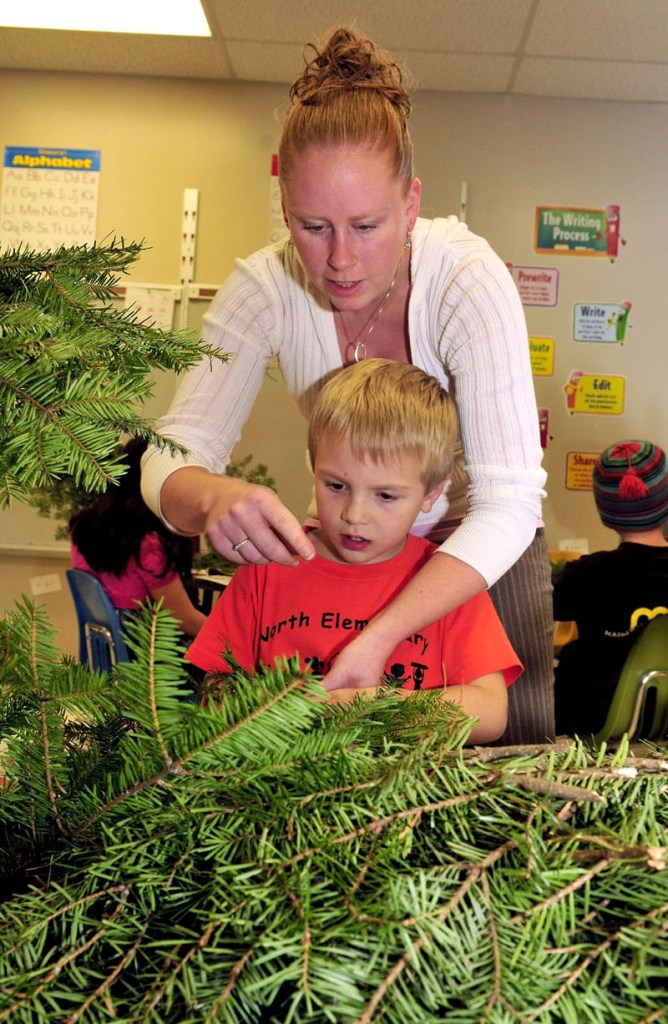
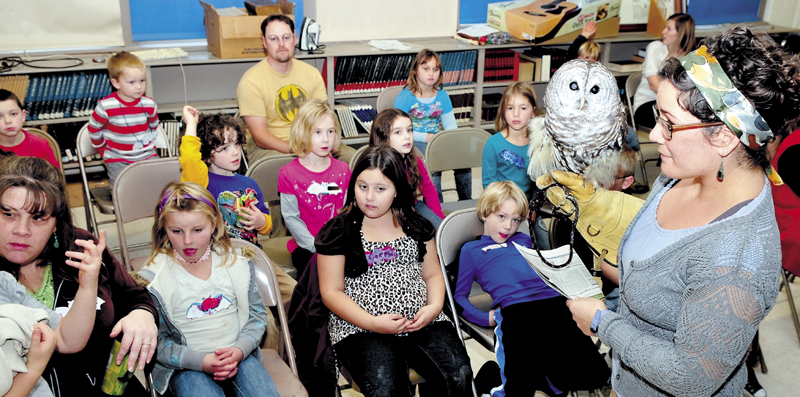
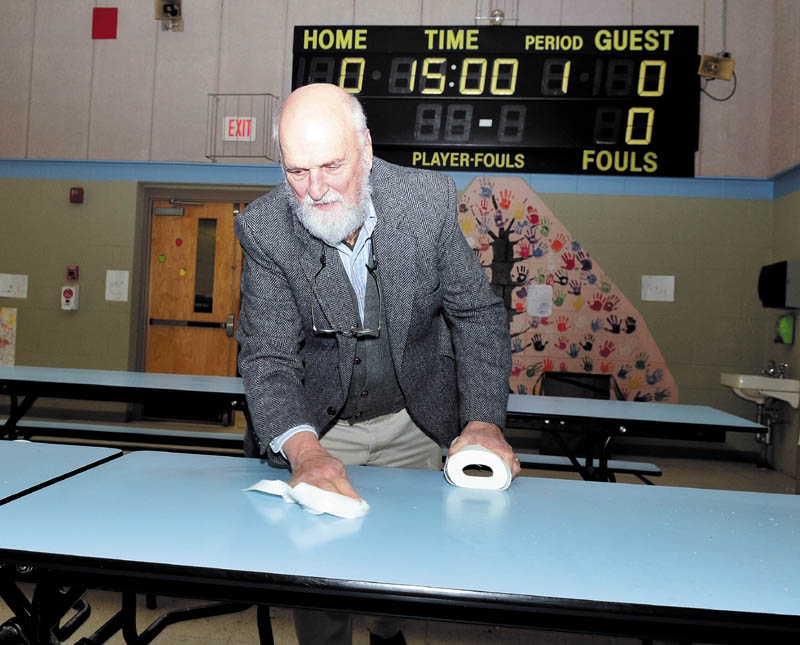
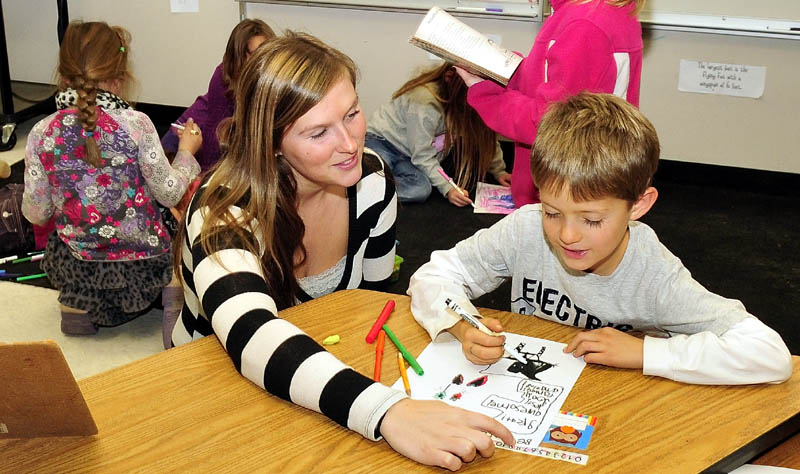
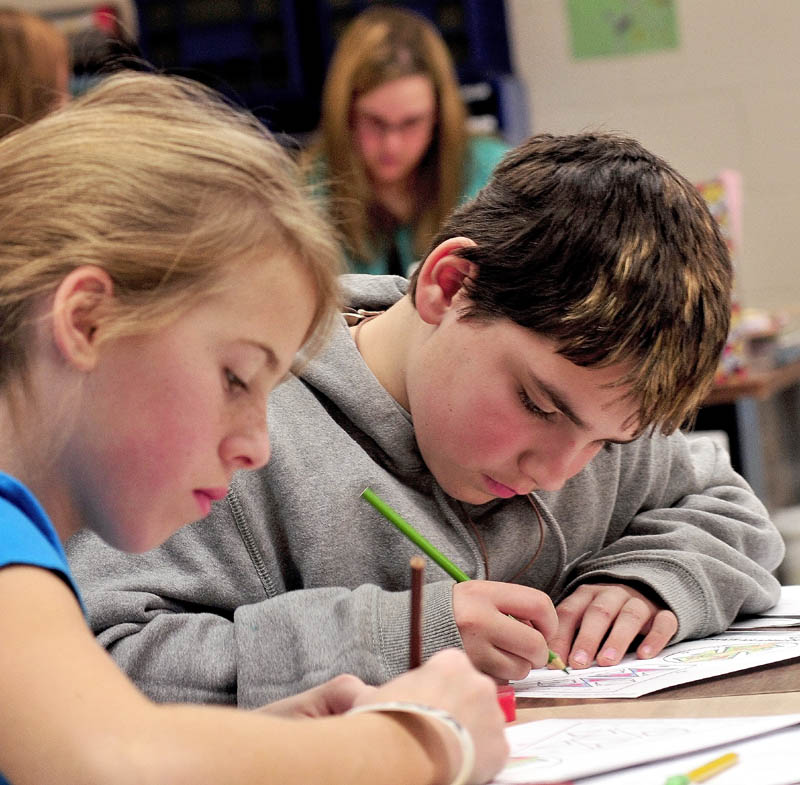
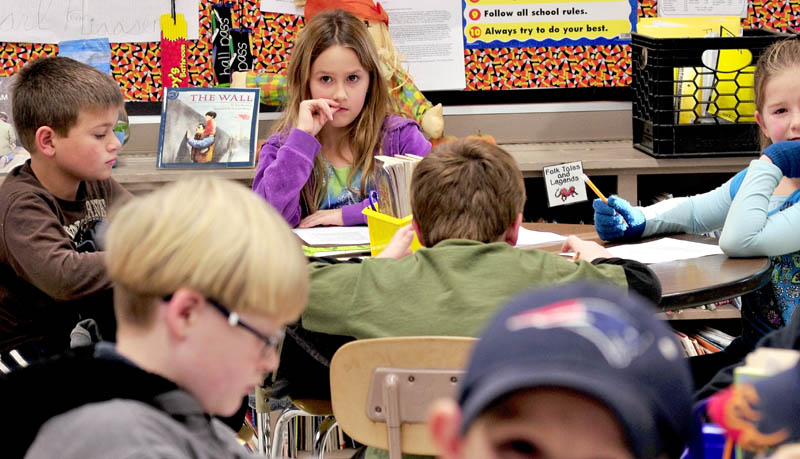

Success. Please wait for the page to reload. If the page does not reload within 5 seconds, please refresh the page.
Enter your email and password to access comments.
Hi, to comment on stories you must . This profile is in addition to your subscription and website login.
Already have a commenting profile? .
Invalid username/password.
Please check your email to confirm and complete your registration.
Only subscribers are eligible to post comments. Please subscribe or login first for digital access. Here’s why.
Use the form below to reset your password. When you've submitted your account email, we will send an email with a reset code.